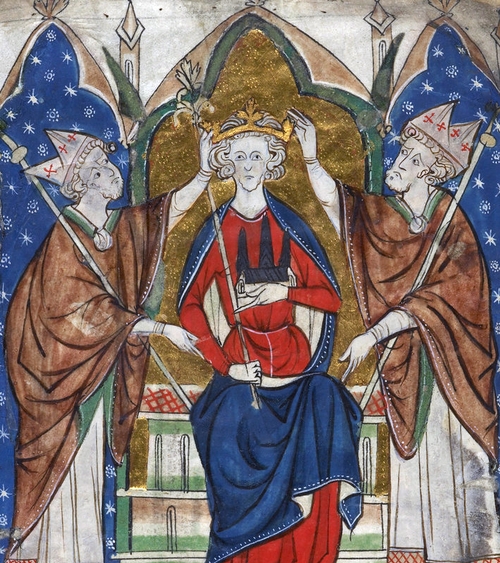History 1: Laying the Foundations
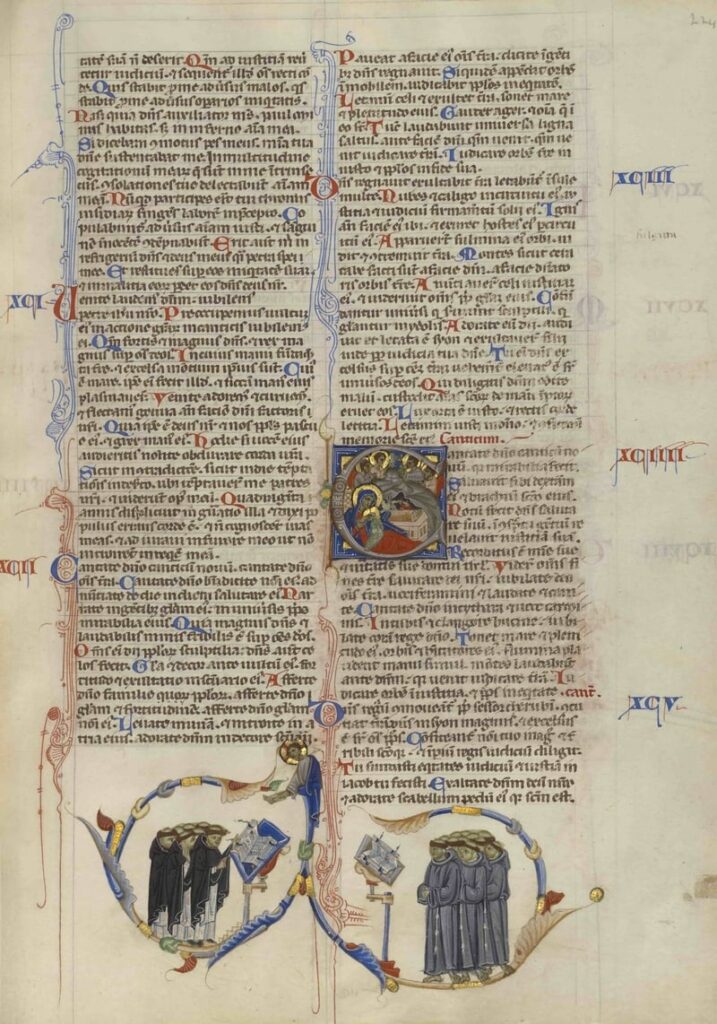
The arrival in England
Gilbert de Fresnay arrived in England with his band of Dominican friars in 1221. The friars arrived in a land of increasing prosperity and a growing population, yet conflicts between the ruling classes continued to intrude on the daily lives of ordinary folk. These few friars may have felt a little daunted by the task that faced them.
Arriving in one of the ports of the south-east of England, the friars went first to Canterbury and presented themselves to Stephen Langton, Archbishop of Canterbury. Here, Langton challenged the leader of the Dominican expedition, Gilbert of Fresney OP, to preach in church on that same day instead of him. The archbishop was so impressed by the homily that he heard, that the friars enjoyed his patronage for the rest of Langton’s life.
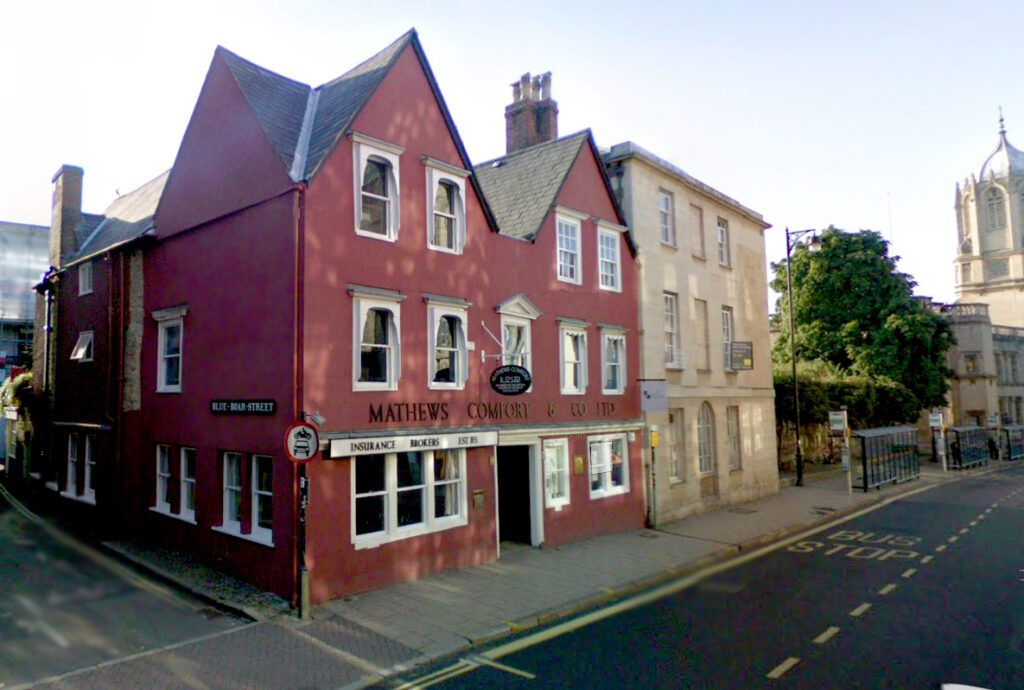
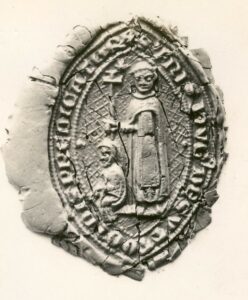
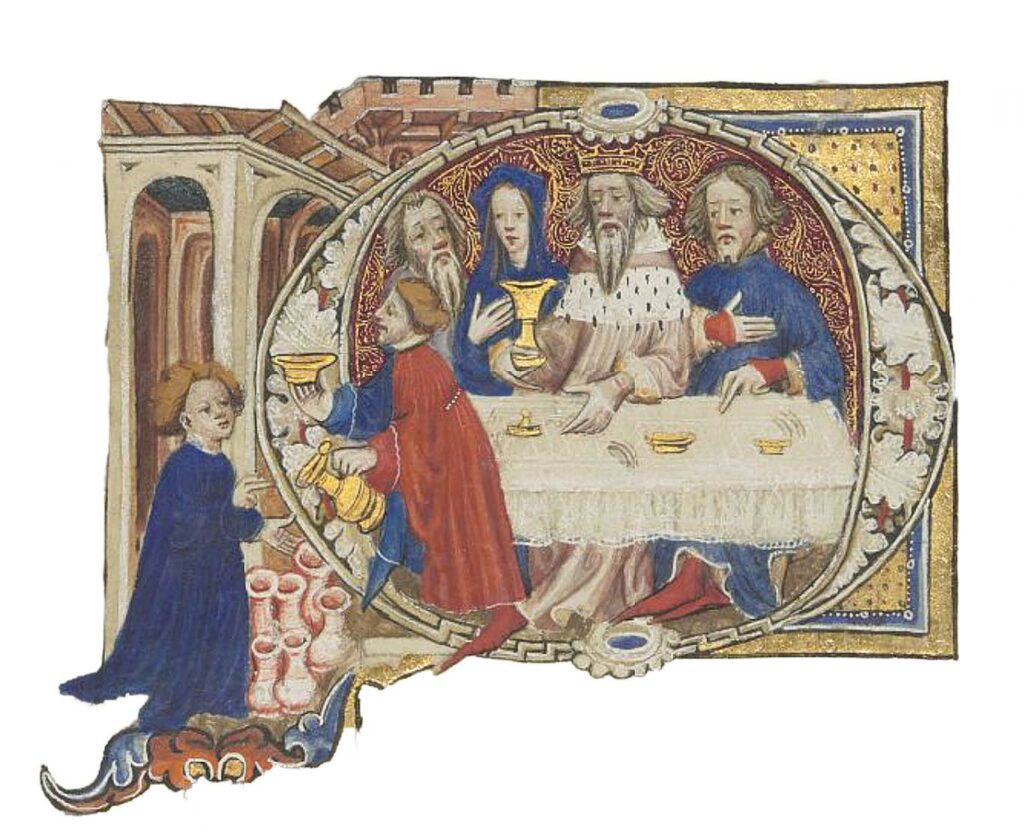
Royal confessors
King Henry III was a pious king, attending daily Mass and alleviating the poor through benefactions. He was a great patron of the friars and Dominicans would serve as his confessors. His patronage partly explains the rapid growth of the Dominicans in Britain during his long reign.
The growth of the Dominicans proceeded in partnership with patronage and benefactions led by Henry III and the bishops. The lead provided by the king in making gifts to them (including timber from the royal forests) encouraged others to do the same.
John of Darlington – The King’s confessor & ambassador
Like every Dominican friar, then and now, John began as a novice and learner; like every friar, he continued to learn over the years. Like many, he became a teacher. He was also among the much smaller number who rose high in royal service.
The likelihood is that John of Darlington’s name tells us where he was born and grew up, in the North-East of England. A Priory was founded at York in 1227, and that may well have been where John entered the Order.
By 1256, John had risen to become confessor to King Henry III and a trusted member of the King’s council of advisors. As such, he and his companions were provided with horses and the riding gear that would enable them to accompany a travelling court.
John of Darlington was a trusted go-between who could be relied on to obtain favours from the king, and to serve as a royal ambassador.
As conflict sharpened between the King and the barons, led by Simon de Montfort, John was first one of eleven men who represented Henry’s interests on a council of twenty-four. He sought to prevent a breach between Henry and his son and he was one of the negotiators who worked on an agreement to end the threat of civil war.
Under Henry’s successor, Edward I, John was given the thankless task in 1274 of assessing and taxing on behalf of the papacy and under royal protection the income of beneficed clergy. The money was destined for the crusades, and some would go to a monarch who might take the cross and participate in that crusade. He travelled to Rome in 1278 to negotiate an agreement on that and other matters between king and pope.
As for John, the final accolade in an influential career was to be named and consecrated in 1279 as Archbishop of Dublin, though business kept him in England until his death in 1284.
